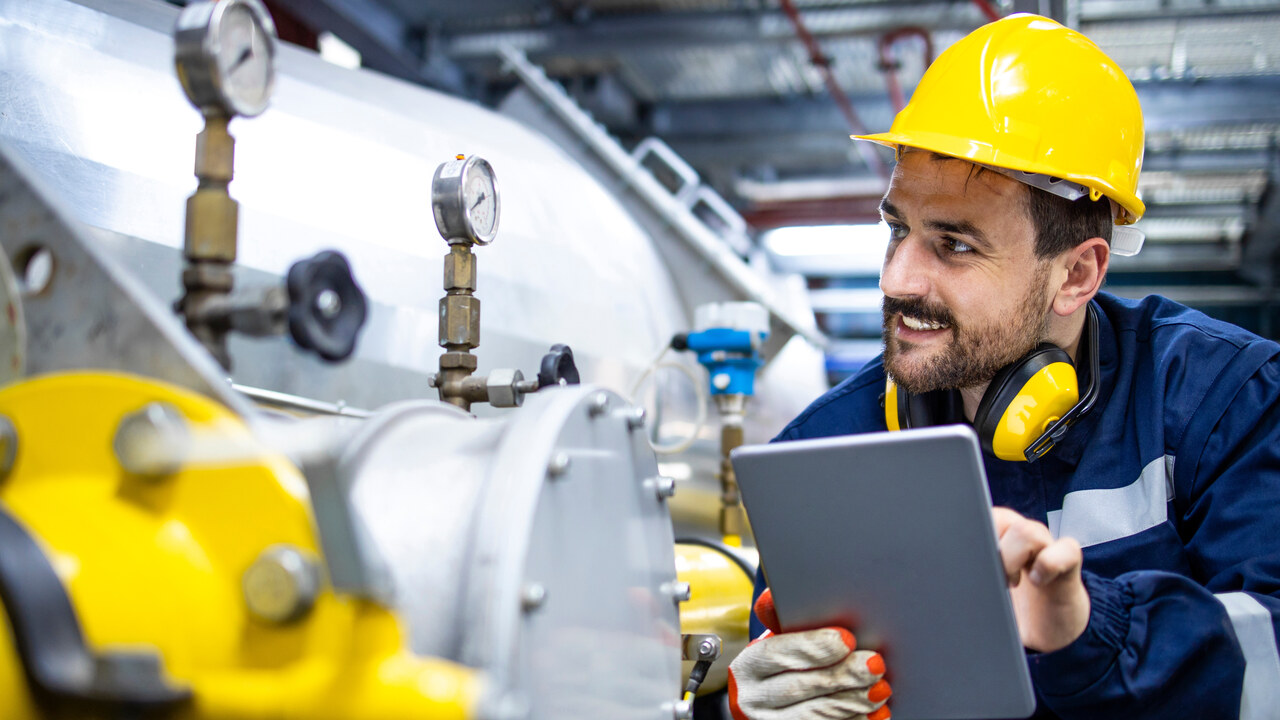Handling industrial gas mixtures comes with responsibility. Safety should always come first. Industrial gases can be hazardous if not managed properly. This article covers essential tips to keep you safe while working with these gas mixtures and highlights best practices that everyone should follow.
1. Understand the Properties
Knowledge is power, and understanding the properties of industrial gases you use is crucial. Gases like oxygen, nitrogen, hydrogen, or argon have specific physical and chemical characteristics. For example, oxygen supports combustion and increases fire risks, while hydrogen is highly flammable. Always refer to material safety data sheets (MSDS) provided with the gas mixture to recognize potential hazards. This knowledge will help you handle and work with these materials more responsibly.
2. Practice Safety Precautions
Gas cylinders need careful handling to prevent accidents. Always store cylinders upright in a secure, well-ventilated area, away from heat sources or direct sunlight. Label each cylinder properly to identify its contents. Use appropriate tools rather than improvising when opening or closing cylinder valves. Make a habit of capping cylinders when not in use. Correct handling and proper storage prevent leaks or damage.
3. Follow Transport Guidelines
Transporting industrial gases requires diligence, as improperly handled cylinders can lead to dangerous outcomes. Always move gas cylinders using a cylinder trolley rather than dragging or rolling them. Secure cylinders tightly during transport to prevent movement. Check your vehicle’s ventilation to minimize risks from potential leaks. Safely transporting gases is just as important as storing them correctly.
4. Wear the Right Personal Protective Equipment
When working with industrial gas mixtures, personal protective equipment (PPE) isn’t optional. Equip yourself with appropriate gear, such as safety goggles, flame-resistant gloves, and face shields. If you’re exposed to harmful fumes or gases, use respirators designed specifically for that purpose. PPE protects you from chemical burns, inhalation risks, and other hazards. Taking the time to gear up can prevent accidents or long-term health impacts.
5. Plan Ahead for Emergency Response
Accidents and leaks can happen, no matter how careful you are. Be prepared with a well-designed emergency response plan focused on gas leakages. Ensure everyone in your facility knows what to do in an emergency. Install gas detectors to identify leaks early and keep fire extinguishers and other response tools within reach. Properly designing custom gas mixtures is another layer of prevention, as it allows you to predict handling requirements more precisely.
6. Prioritize Training and Awareness
Keeping your team informed is non-negotiable. Regular training sessions educate employees on correctly handling, storing, and transporting gas mixtures. Make their awareness a priority by including updates on safety protocols and new materials in your training programs. When your team knows the risks and how to mitigate them, you create a workplace culture of safety and responsibility.
Mastering the safe use of industrial gas mixtures involves planning, awareness, and consistent action. These gases are powerful tools, but only when handled with care. If you’re ready to learn more about designing custom gas mixtures properly, connect with an expert in the field to take your safety measures to the next level. Safe practices lead to better outcomes—for your team and your business.

